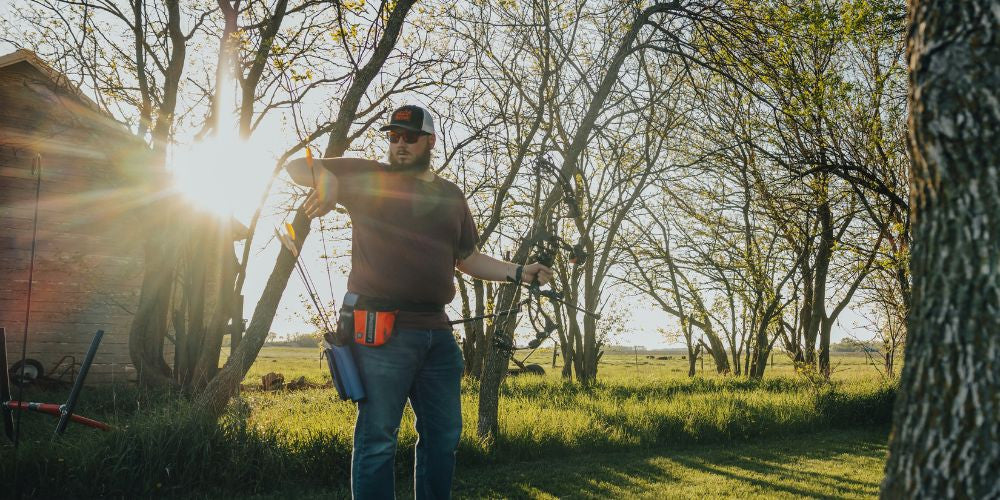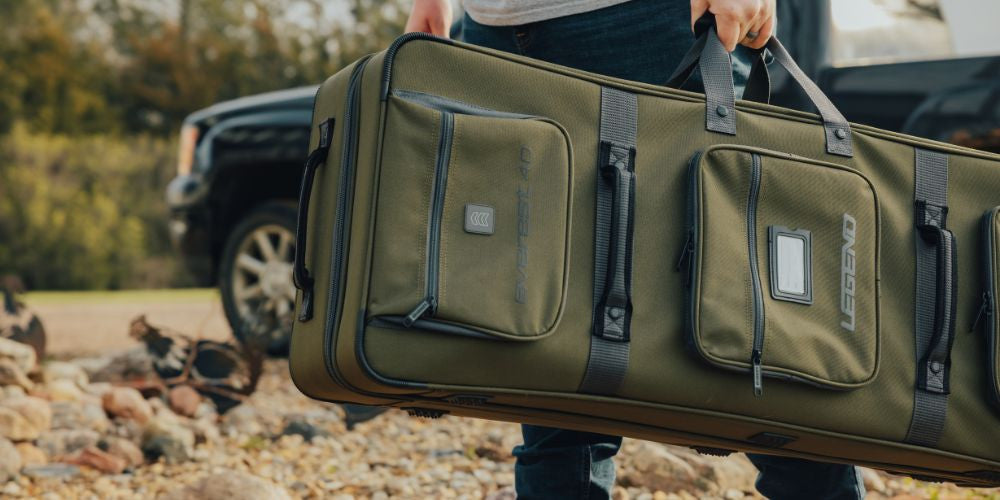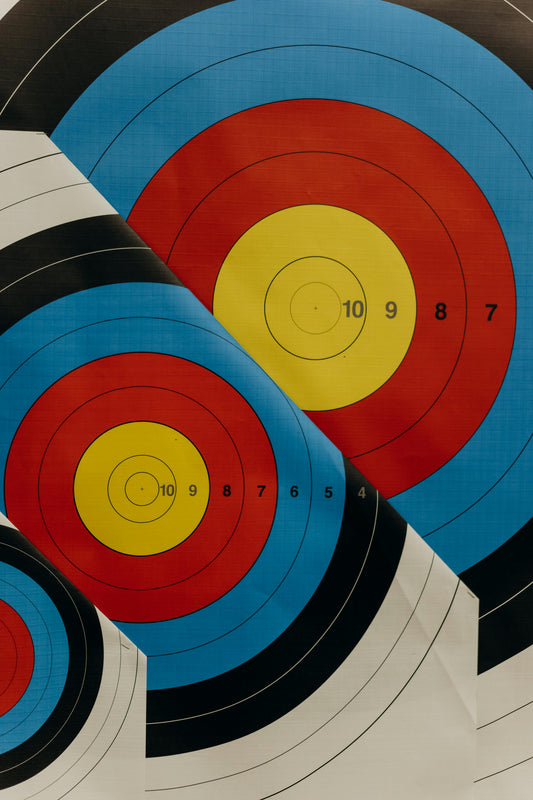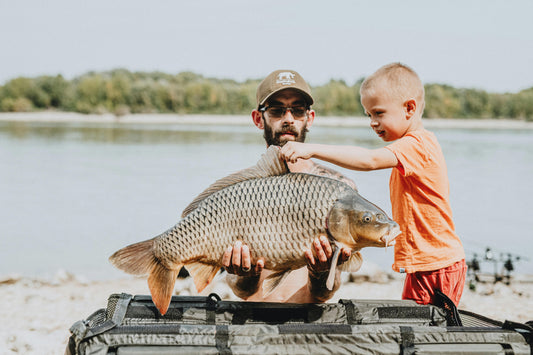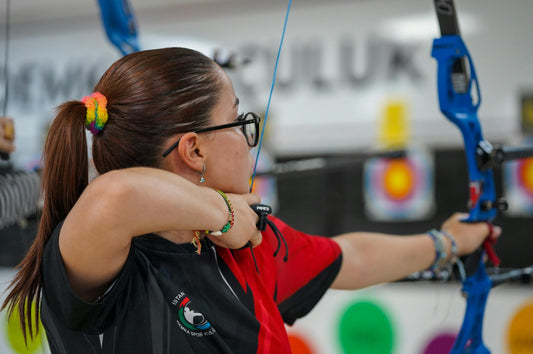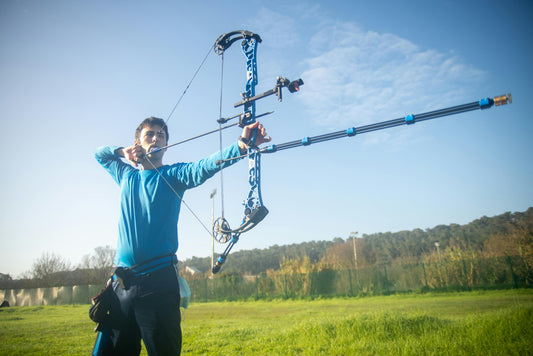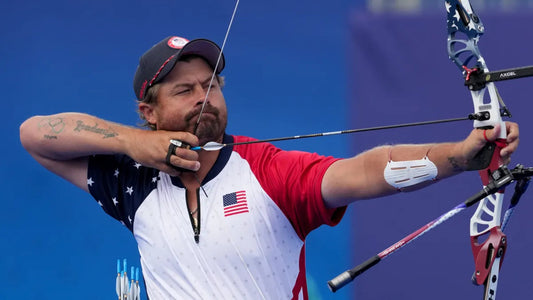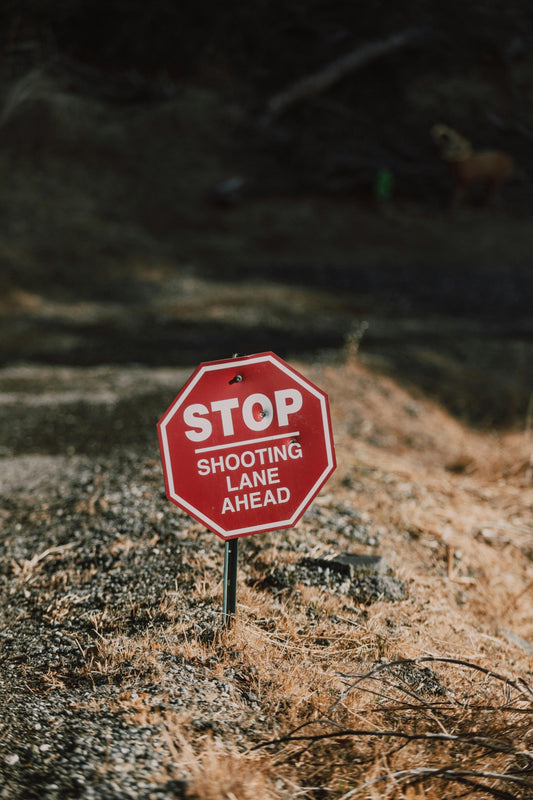
Public vs. Private Land: A US Bowhunter’s Guide to Finding Great Hunting Spots
This quick guide breaks down the pros and cons of public vs. private land for bowhunting in the US. Learn how to find top hunting spots, navigate access challenges, and...
 cust@legendarchery.com
cust@legendarchery.com 302 503 5767
302 503 5767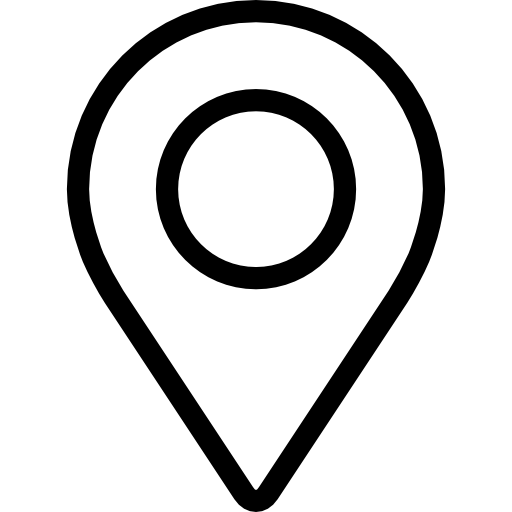 Sauk Village IL 60411
Sauk Village IL 60411
